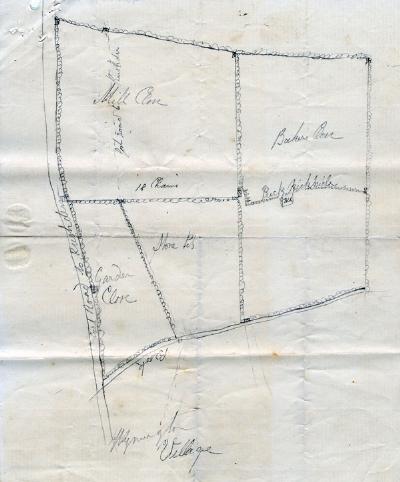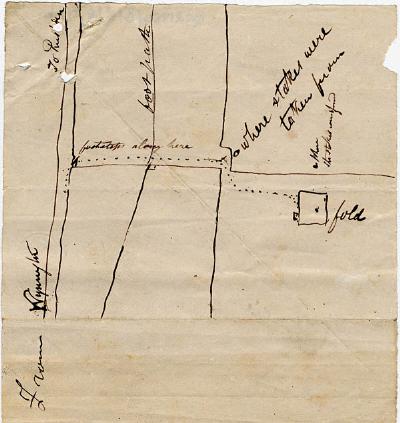CSI Wymington
This month we look at some details of forensic evidence long before the television programme CSI hit the screens.
In 1854 Ekin Desborough and Josiah Wagstaff of Wymmington were charged with unlawfully killing a sheep belonging to Jonathan Lewin. The evidence in the case relied heavily on footprints found at the scene. Mr Lewin in his evidence describes how he saw the footprints going to and from the fold in which the sheep had been. He observed that they had gravel and road dirt in them, and also the 7 nailmarks in a particular part of the sole towards the toe of the shoe. He covered up the footmarks to protect them and later that day showed them to Police Constable Haynes. PC Haynes went to Ekin Desborough, who the farmer suspected of the crime, and got some of his boots ‘and we made some marks on the ground by the side of the footmarks; the impressions were just the same in each footmark…the boot now produced is the same with which we compared the fottmarks – the 7 nails are precisely the same as the sketch which I made.’

We do not have the sketch of the nails I’m afraid but we do have two sketches of the field in which the footprints were found and traced.


In the end Ekin and Josiah were found not guilty. One presumes the circumstantial evidence was not considered strong enough to convict them. However, PC Haynes did report that there was something of a feud between them and farmer Lewin, who had been the principal witness in Desborough being convicted for poaching three months before.